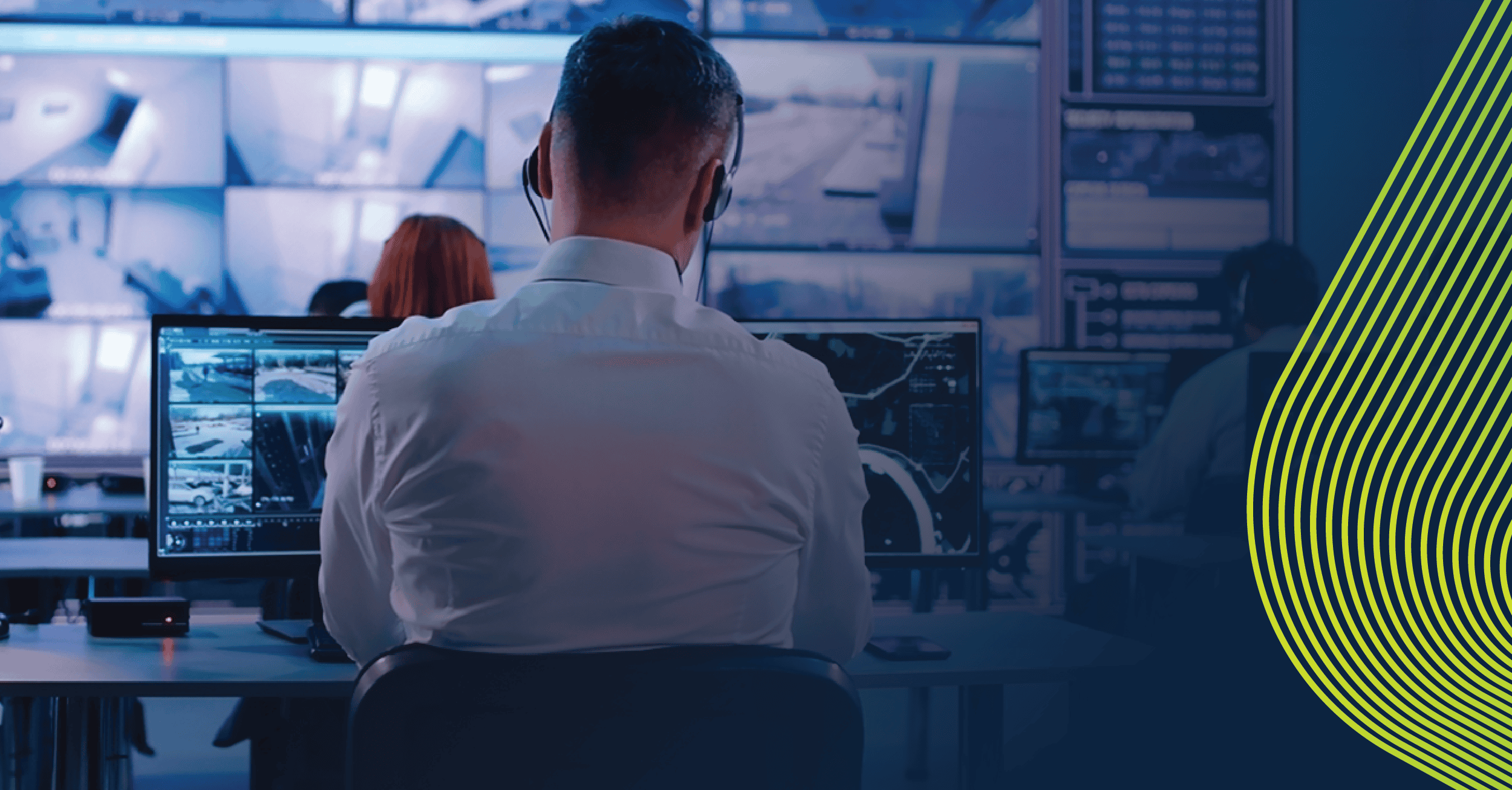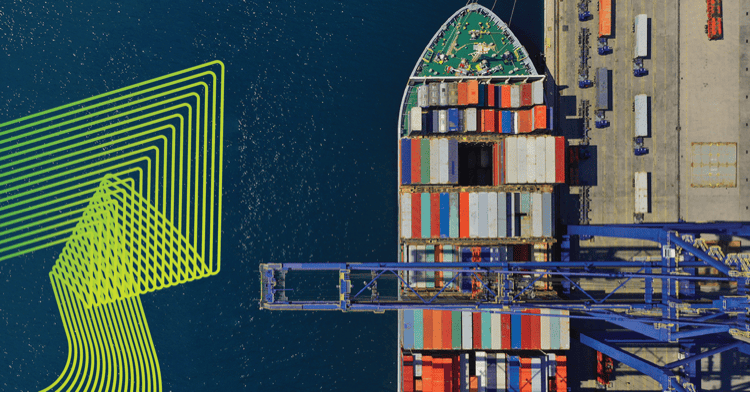While large enterprises often have security teams dedicated to ensuring strong protocols, they aren’t immune to threats. No matter the size or sector, today’s organizations face unprecedented complexity due to the global threat landscape. Geopolitical instability, cyberattacks, data breaches, climate change, and supply chain disruptions are just a few of the potential risks that can ripple across global operations.
There’s no way to completely avoid these challenges, but enterprises must allocate resources to mitigate each specific risk. Without proper assessments, the potential consequences can include financial loss, reputational damage, operational disruption, and regulatory penalties. Effective risk management can help reduce risk and improve resilience, and a solid threat and risk assessment strategy makes this possible.
Foundational Principles of Effective Threat and Risk Management
When security teams want to excel in risk management, they begin by creating a threat and risk assessment plan. Here are four essential parts of this plan.
Step #1: Establish a Clear Scope and Objectives
During this step, security teams will need to define the boundaries of the assessment. For example, will the assessment be designed to analyze specific business units? Geographical regions? Asset types? By identifying the group or area to be assessed, teams will get the most relevant data in return.
It is also important to identify the key objectives during this step, which may include regulatory compliance, operational resilience, or strategic decision-making. The exact desired result of the assessment will vary from organization to organization, so it is important to carefully consider what is important to you and plan accordingly.
Lastly, teams will need to consider the importance of stakeholder involvement in both defining scope and objectives, as well as supporting the assessment throughout the duration of the project. Having leadership buy-in is instrumental in achieving success as it sets the tone and direction for the project and ensures that support will be given by others as needed. Decision-makers play a crucial role in supporting and guiding the risk assessment process.
Step #2: Identify and Categorize Critical Assets
In order to assess risks and threats, security teams need to know what tangible and intangible assets may be impacted. This may include but is not limited to IT infrastructure, sensitive data, intellectual property, human capital, reputation, and supply chains. Once the list is created, it should be categorized on their criticality and value to the organization. The ones most essential should receive the priority and should be reassessed most regularly. Identifying assets is essential to determine potential vulnerabilities and risks associated with them. Threats and risk change and evolve based on many factors such as market and industry shifts, and therefore assessments may need to be conducted on a regular basis.
Step #3: Understanding the Threat Landscape Specific to the Enterprise
Teams need to spend time considering how cyber attacks, political risks, economic instability, and environmental conditions and patterns may negatively impact their operations. Oftentimes key risks may be overlooked. For example, natural disasters in one part of the world might not impact headquarters, but they could have a devastating impact on a partner or vendor. It is also important to differentiate between internal and external threats, as each type of threat will have its own mitigation process.
Step #4: Implementing a Consistent and Repeatable Methodology
During this step security teams will want to establish a standardized framework for risk assessment. Ones to consider include an assessment from the National Institute of Standards and Technology (NIST) or the ISO 31000, an international standard developed by the International Organization for Standardization that offers guidelines for risk management.
By identifying a framework, teams will ensure consistency in data collection, analysis, and reporting across the organization. Teams will want to regularly review and make updates to the methodology they select to ensure that it remains the best fit for their organization as it may grow in size and complexity.
Best Practices in the Assessment Process
As in most business activities, there are a handful of best practices to observe in order to maximize effectiveness. When it comes to risk assessments, here are a few to keep in mind:
- Leverage Diverse Data Sources: Teams must move beyond internal data and incorporate external intelligence such as news feeds, social media, government reports, industry analysis into their assessments.
- Integrate Quantitative and Qualitative Analysis: The best risk assessments will combine statistical data and probabilities with expert judgment and scenario planning. Relying solely on one type of analysis is a sure-fire way to overlook possible threats.
- Conduct Scenario Planning and “What-If” Analysis: Scenario planning is an excellent way to identify vulnerabilities. As teams realize possible impacts of disruptive scenarios on their organization’s data, assets, and operations, they can then identify the best mitigation tactics.
- Incorporate Human Expertise and Domain Knowledge: Tools like AI can be game-changers, but they can not be relied upon alone. Analysts continue to play a crucial role in interpreting data and providing context – they bridge the gap between raw data and actionable intelligence.
- Utilize Technology and Automation: Technology can process large datasets and identify patterns faster than any team of humans. The efficiency and improved accuracy gained when leveraging the right augmented analytics solutions are benefits that any security team can use.
Actionable Outcomes and Continuous Improvement
Risk assessments are not a “one and done” project. If organizations increase or decrease in size, or if they diversify product lines, add new revenue streams, create new partnerships, etc., their risks and threats change. Therefore it is important for security teams to continuously prioritize risks and develop proper mitigation strategies that rank identified risk based on likelihood and impact. WIth the knowledge of which risks are most likely and most damaging, teams can develop specific, measurable, achievable, relevant, and time-bound (SMART) mitigation plans. Specific individuals should be tasked to ensure accountability for implementing mitigation strategies.
The insights shared in risk reports should be able to inform business strategy, resource allocation, and investment decisions. By sharing results with a broader audience, organizations will be able to foster a risk-aware culture, which will have long-lasting positive effects.
To ensure risk assessment adds ongoing value, teams will want to regularly review and update their assessments based on new sensitive information and changes in the business environment. Adaptability and agility in risk management remain valuable attributes and will help teams achieve success.
The Power of Augmented Analytics in Modern Threat and Risk Assessment
Technology has transformed threat and risk assessment, enabling teams to monitor emerging risks in ways previously unimaginable. Traditional, manual methods are no longer sufficient. With AI and ML, organizations can now process vast data sets at scale, detect subtle patterns, and anticipate threats faster and more accurately than human analysis alone.
Making these technologies even more powerful is the addition of expert analysis. After all, technology should never replace human analysts, but rather should be used to support their tasks. When teams offload tedious monitoring to the machines, they now have more time to focus on higher-level analysis, strategic thinking, and decision-making.
Additionally, technology aids in revealing existing vulnerabilities that might otherwise be missed in traditional reviews, allowing security professionals to take preemptive action.
Building a Resilient Future Through Proactive Risk Management
It’s critical for security teams to assess threats that align with their organization’s industry, location, and operations. Although effective threat and risk analysis demands time and resources, neglecting it can expose organizations to serious harm—putting people, operations, and reputation at risk. Large enterprises, in particular, must take a proactive and sophisticated approach to risk management. In many cases, this means seeking support from external experts. Tools like augmented analytics are becoming essential to help organizations manage the complexity of today’s evolving threat landscape.
If your team is looking for a partner to support them, consider booking a demo with Seerist. The Seerist platform is designed to deliver the most complete, actionable intelligence on emerging threats, trends and critical events. With an intuitive user experience, compelling charts and engaging graphics, on-the-ground experts who verify events and offer essential context and insights, Seerist is ready to deliver proactive intelligence to equip you with the foresight needed to act before threats emerge. Click here to learn more.
Frequently Asked Questions About Threat and Risk Assessments
What is a threat assessment and why is it important?
A threat assessment helps organizations identify and evaluate potential threats that could impact operations, reputation, and safety. It’s essential for developing a proactive approach to security risk and overall risk reduction.
How do enterprises begin a risk assessment?
Start by selecting a proven risk assessment method or framework and defining a clear scope. A risk assessment template can also help structure your process and ensure consistency. External factors may influence enterprise risk include geopolitical issues, cyber risk, climate change, economic instability, and global supply chain disruptions—all of which must be considered when analyzing risk.
What makes a risk management strategy effective?
An effective risk assessment and management strategy includes identifying threat actors, assessing their likelihood and impact, and creating a plan to mitigate possible risks. This involves using a combination of historical data, expert insight, and scenario planning. Technology also enables teams to automate monitoring, identify trends, and quickly respond to potential issues and prevent incidents. It supports security measures that help mitigate risks more efficiently.
How can organizations address residual risk after mitigation efforts?
Residual risk is the amount of risk remaining after controls are in place. Organizations should reassess these areas regularly and document them in a comprehensive report for ongoing risk management.
What role do security professionals play in risk assessment?
Security professionals are key to implementing strong security practices, leading the assessment of risk present in systems and operations, and responding to any security event with appropriate actions.
Why is risk assessment considered an ongoing process?
Because threats evolve, a one-time review isn’t enough. An ongoing process ensures the risk landscape is continuously monitored and risk mitigation strategies are updated as needed.






